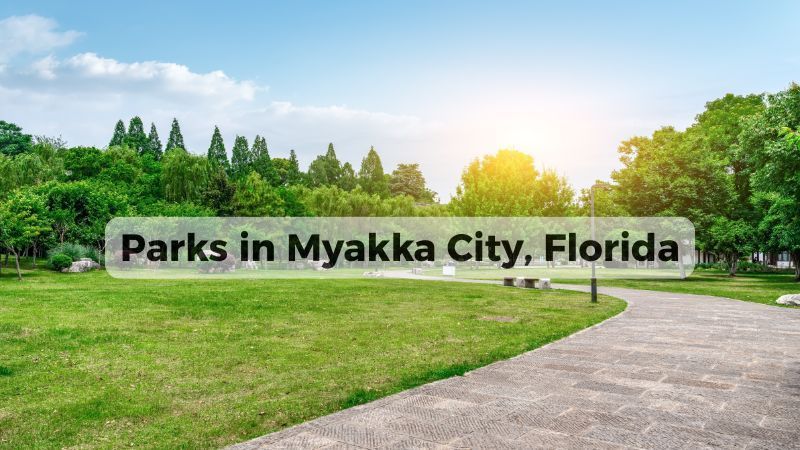Timeline Moving Checklist

8 Weeks Before You Move
- Create a digital “moving” folder on Google Drive or Dropbox.
- Schedule in-home estimates with a moving company.
- Create a budget for moving expenses.
- Request time off work for moving day.
- Choose a school for your kids.
- Request transcripts for your kids from their current school for their new school.
- Plan a garage sale.
- Plan how to move fragile or unusual items, such as guns, pianos, fine art, pool tables, safes, etc.
- Confirm your moving company is licensed and insured.
6 Weeks Before You Move
- Make time for friends and relatives before moving day.
- Research packing hacks to make moving day easier.
- Label your moving boxes using different colored stickers/tape for each room.
- Create an inventory sheet of your valuables before they go on the moving truck.
- Mark moving boxes that are fragile.
- Take photos of all electronics before unplugging them.
- Put all your hardware in labeled baggies for easy furniture reassembly.
- If you are moving into an apartment, find out if there are any moving day requirements.
- Address minor home repairs before moving out.
- Measure furniture and doorways. Remove doors if necessary.
- Research your new community for points of interest.
- Finally, for this section, pack a little every day.
4 Weeks Before You Move
- Confirm parking options for your moving truck.
- Use or donate items that you cannot pack or sell, such as frozen foods, bleach, and aerosol cans.
- Gather all financial, legal, and medical (includes dental and optical) records in one place.
- Gather birth certificates and passports for everyone in your home.
- Notify your homeowners or renters insurance company of your upcoming move to your new home.
- Find cable and internet providers who serve your new address, order service, and schedule your installation appointment.
- Do not forget any of your clothes at the dry cleaner.
- If you are moving out of town, find a new doctor, dentist, and vet in your new neighborhood.
- Update your voter registration!
- If you are moving long distance, plan your route and book hotels.
- Make sure your pets have ID tags for their collars.
- Request copies of vet records and get any necessary pet medication.
2 Weeks Before You Move
- Create a moving file to organize your move-related printed receipts and bills.
- Recycle or dispose of corrosives, flammables, and poisonous items.
- Prep two-week is worth of meals and use everything in the freezer.
- Return borrowed items from neighbors, family, and friends.
- Back up your computer.
- Set up trash removal and recycling for your new home and cancel your current service.
- Remove light bulbs from all lamps you plan to move.
- Moving far? Clean out your safe deposit box and any lockers you might have at a gym or community center.
- Cancel or transfer your membership at the gym, yoga studio, etc.
- Fill your prescriptions.
- Prepare a list of emergency service technicians and preferred providers.
- To keep little ones safe during a move, line up a babysitter or make arrangements for a play date.
- Find somewhere safe for pets to go during your move.
- Send a moving announcement.
- Change your address with loan providers, credit cards, banks, and the payroll department at work.
- Forward your mail.
- Change address for Social Security benefits within 10 days of moving.
- Transfer your utilities including water, electric, and natural gas.
- Update your driver’s license.
- Update your address with Amazon and any monthly subscription boxes, newspapers, or magazines you receive.
- Change your address for your auto insurance and car registration.
- Clean outdoor furniture before it is moved.
- Transfer your prescriptions to a new pharmacy, if necessary.
The Week of Your Move
- Donate unopened food.
- Make sure you canceled and/or redirected scheduled deliveries.
- Clean your current home for the next resident.
- Unplug your fridge and freezer to defrost the night before.
- Drain water hoses to your washing machine and ice maker.
- Empty oil and gas from grills, heaters, lawn mowers, and snow blowers.
- Make sure nothing is hiding on shelves or in closet corners.
- Prepare for your final walkthrough with your landlord.
- Pack an essentials box with everything you will need for your first 24 hours in your new home.
- Take photographs of your empty place to prove it is in move-out condition.
- Withdraw cash to tip your movers.
- Clean your new place.
- Figure out a simple meal plan.
Moving Day
- Set an alarm and get up early on moving day.
- If you think your movers worked hard and you are satisfied with your service, it is a greatly appreciated gesture to tip them.
- As soon as your movers leave, make your bed, and unpack your shower curtain and toiletries.
- Get to know your neighbors!
- Go grocery shopping.
- Do not have curtains or shades yet? Cover your windows with sheets for privacy for your first night.
- Thank your real estate agent or broker.
1 Week Post-Move
- Call your moving company to share your experience.
- Make sure your home’s address is visible from the street.
- Install a new home security system.
- Explore your new neighborhood.
- Send thank you notes to friends and family who helped you move.
**** Please note, we are here to do as much or as little of the work as you would like. It is up to you to inform Master Movers as to the extent of your move. During the walk-through, point out items that are special to you. We cannot replace sentimental value. All your items will be packed and moved professionally but take a moment to show which ones mean the most. All entrances should be clear or debris to insure a smooth transition from your home to the truck. These are only the basics of making your move safe and easy for you and your movers. The small details and things you can do before your movers arrive will make a big difference during execution.
Our Latest Blog





